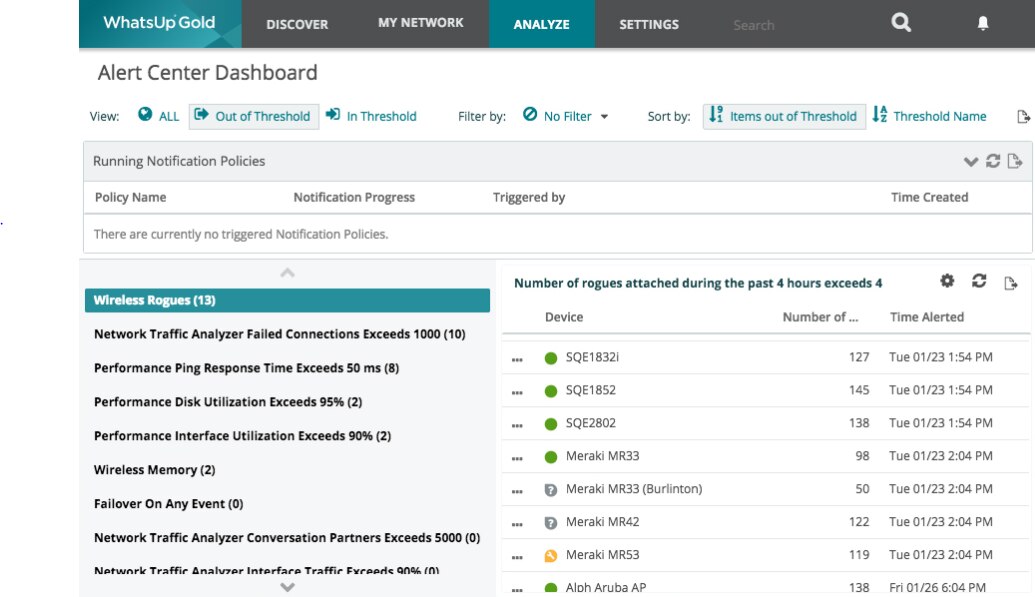

It can become inefficient. They say it's specifically that when you skip an X amount of monitors, Nagios starts behaving differently. When you start deploying thousands of monitors, especially in a big company, for example, you have to take care, as that you cannot keep on pushing into one solution. I'm not sure this will be available out there even on other solutions, like Zabbix, for example, That said, I don't think they're really digging into this kind of scenario. It would be a good idea for some sort of mechanism, like a sort of clustering, which can help a lot for people out there who need something in an active-standby solution. For example, I need to manually do ticketing on the backup and restore it on the other. If I have a stand-by solution and I need ticketing as an active solution, I need to do many things manually. What's missing from the Nagios side is the idea of having some sort of synchronization between the two instances. One will be a stand-by and the other will be a disaster recovery solution.

At present, if I have a solution and Nagios is instanced in a particular data center and another Nagios solution in another data center, when you buy the license, you can eventually have different types of licenses. I know they've changed what is covered under the license, however, it doesn't change the way we use it and adds nothing to our experience, and yet we now have to pay more.Īn optional delivery from their end in order to greatly produce some sort of a HA, high availability solution, would be ideal. Application monitoring: Application monitoring allows you to monitor how users interact with your organization’s applications, which is crucial since applications are a powerful source of operational and business intelligence for malicious attackers.Network monitoring can also effectively track the connectivity levels for users on the network, as well as monitor incoming or outgoing connections. Network monitoring: Monitoring your organization’s network to ensure it is functioning correctly and working at the appropriate levels of speed and performance can help your IT team proactively respond to unauthorized attempts to access your network.Hardware monitoring: This type of monitoring involves capturing data from the sensors in computers or other machines (power and load sensors, battery life data, fan speed sensors, etc.), which can help you detect and resolve problems before they occur.Hardware devices should also be monitored on a consistent basis, especially because a hardware failure could result in lost revenue or unexpected downtime. What should be monitored in IT infrastructure? All endpoints or applications connected to your network should be monitored, since they are vulnerable to potential attacks.


 0 kommentar(er)
0 kommentar(er)
